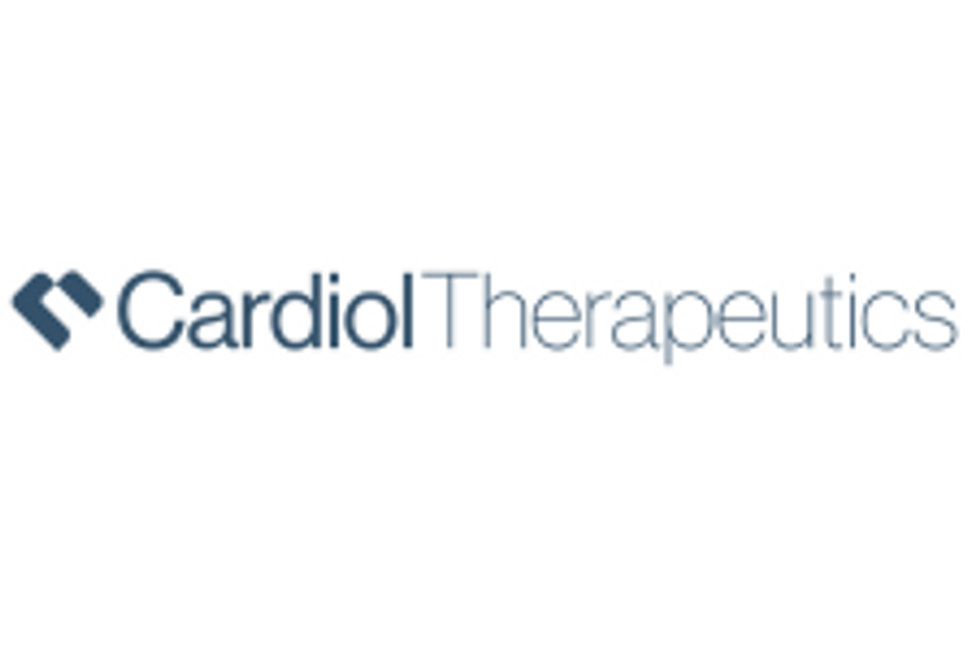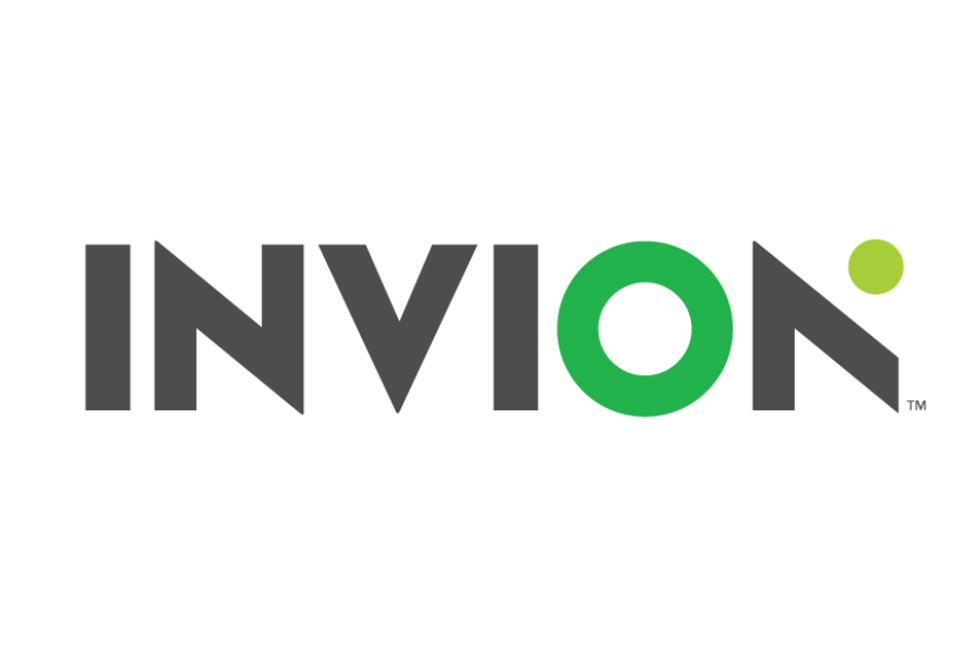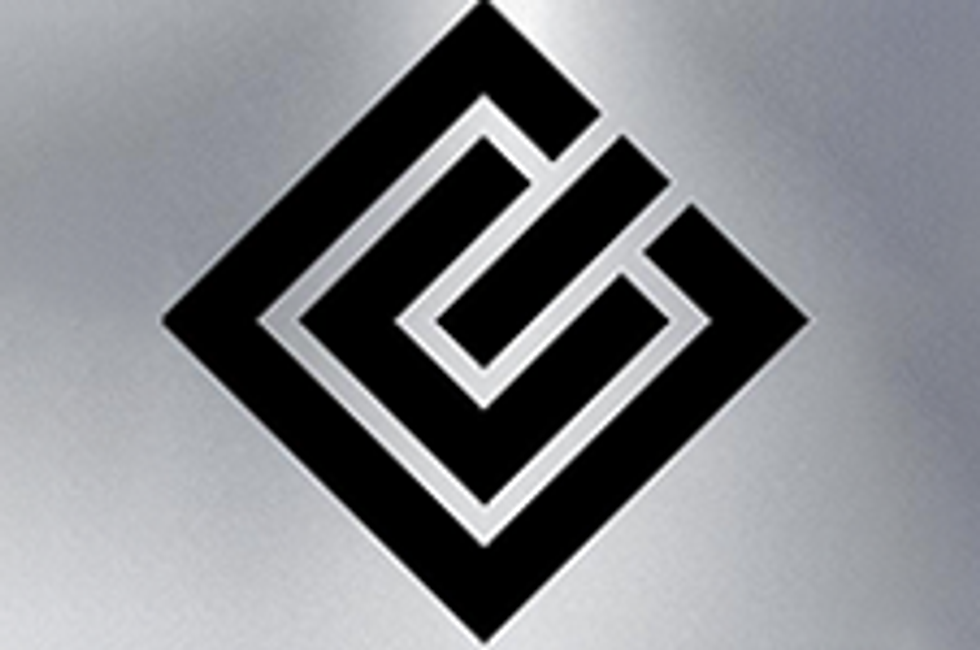
Life Science Investing News gives context to two of last year’s main stories: the Ebola outbreak in West Africa and soaring drug prices in America.
2014 was an important year for pharmaceutical news, with several publications releasing comprehensive lists of the year’s top headlines.
Here, Life Science Investing News gives context to two of last year’s main stories: the Ebola outbreak in West Africa and soaring drug prices in America. Read on for an overview of those two stories and what they mean for the pharmaceutical industry.
Ebola and the failure of Big Pharma
Major pharmaceutical companies came under heavy criticism last year due to their unpreparedness in the face of the Ebola outbreak in West Africa.
Some of that criticism came from Professor Adrian Hill, who spearheaded Britain’s response to the Ebola outbreak by leading the first clinical trial of a monovalent Ebola virus vaccine. Speaking to The New Zealand Herald, he said, “commercial vaccine supply is monopolized by four or five mega-companies. Unless there’s a big market, it’s not worth the while of a mega-company. There was no business case to make an Ebola vaccine for the people who needed it most.”
Hill also said that the fact that Ebola is most likely to occur the world’s poorest countries was likely part of major pharmaceutical companies’ lack of interest in developing a vaccine.
One bright spot is that the Ebola outbreak could end up being the catalyst needed to jumpstart research and development on neglected diseases. Julie Jacobson, senior program officer for infectious diseases at the Bill and Melinda Gates Foundation, remarked to The Guardian that “Ebola helps us realise we are a global planet: the health of one region affects the rest of us.”
However, that realization has come at a high cost. Almost 18,000 people were infected and more than 6,000 people died during the 2014 outbreak.
Drug prices reaching a breaking point?
The corporate greed highlighted by the Ebola crisis is also evident in one of the year’s other main headlines: soaring drug prices. Top pharmaceutical companies charged a premium for blockbuster drugs released onto the market in 2014.
For example, Gilead Sciences’ (NASDAQ:GILD) hepatitis C drug Sovaldi was released to the market in late 2013 with an $84,000 price tag for 12 weeks of treatment. Worldwide, the drug saw $10.3 billion in sales last year — a number that has continued to grow due to the prevalence of hepatitis C patients worldwide.
However, despite its headline-making price, Sovaldi didn’t even earn a place on this list of the 10 most expensive drugs. Soliris, Naglazyme and Kalydeco top the list, respectively costing $536,629, $485,747 and $299,592 per patient per year.
These expensive drugs caused a spike in drug spending last year. As Bloomberg News states, per-person spending by commercial health plans increased by 13 percent in 2014. A 31-percent increase on spending on specialty drugs factored into this jump, which constitutes the largest increase in drug spending in more than a decade.
The future?
2015 is halfway over, and news about the Ebola crisis and increased drug prices continues to hit the market. It will be interesting to see what other stories ultimately come to the fore in the pharmaceutical sector by the end of 2015.
Securities Disclosure: I, Morag McGreevey, hold no direct investment interest in any company mentioned in this article.
Related reading:



